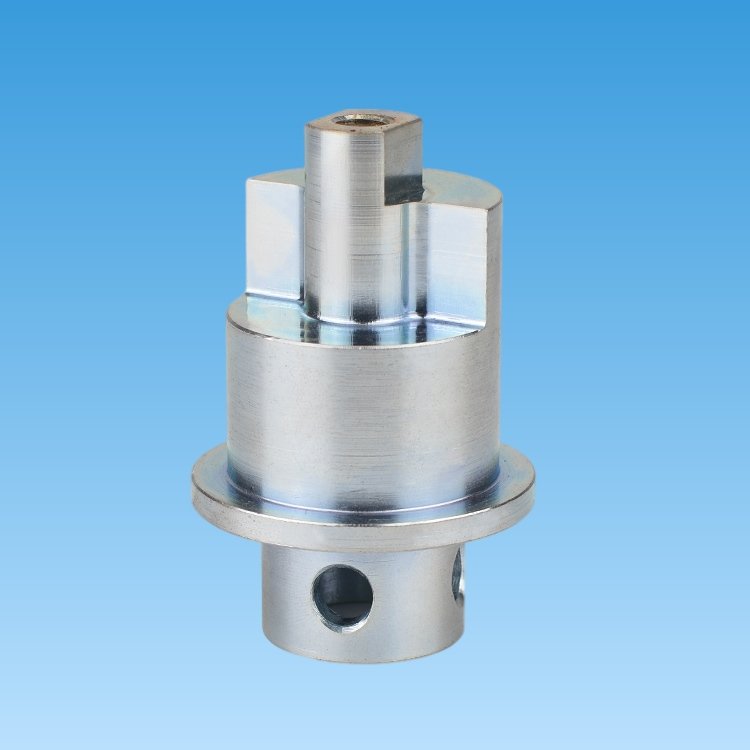Hydrogen embrittlement is a hidden killer in fasteners. It quietly causes cracking, then sudden failure—especially in high-strength parts. But ISO 4042 helps control this risk.
ISO 4042 helps control hydrogen embrittlement in electroplated fasteners by setting limits on pre-treatment, plating thickness, baking procedures, and materials to reduce hydrogen absorption and release trapped hydrogen.
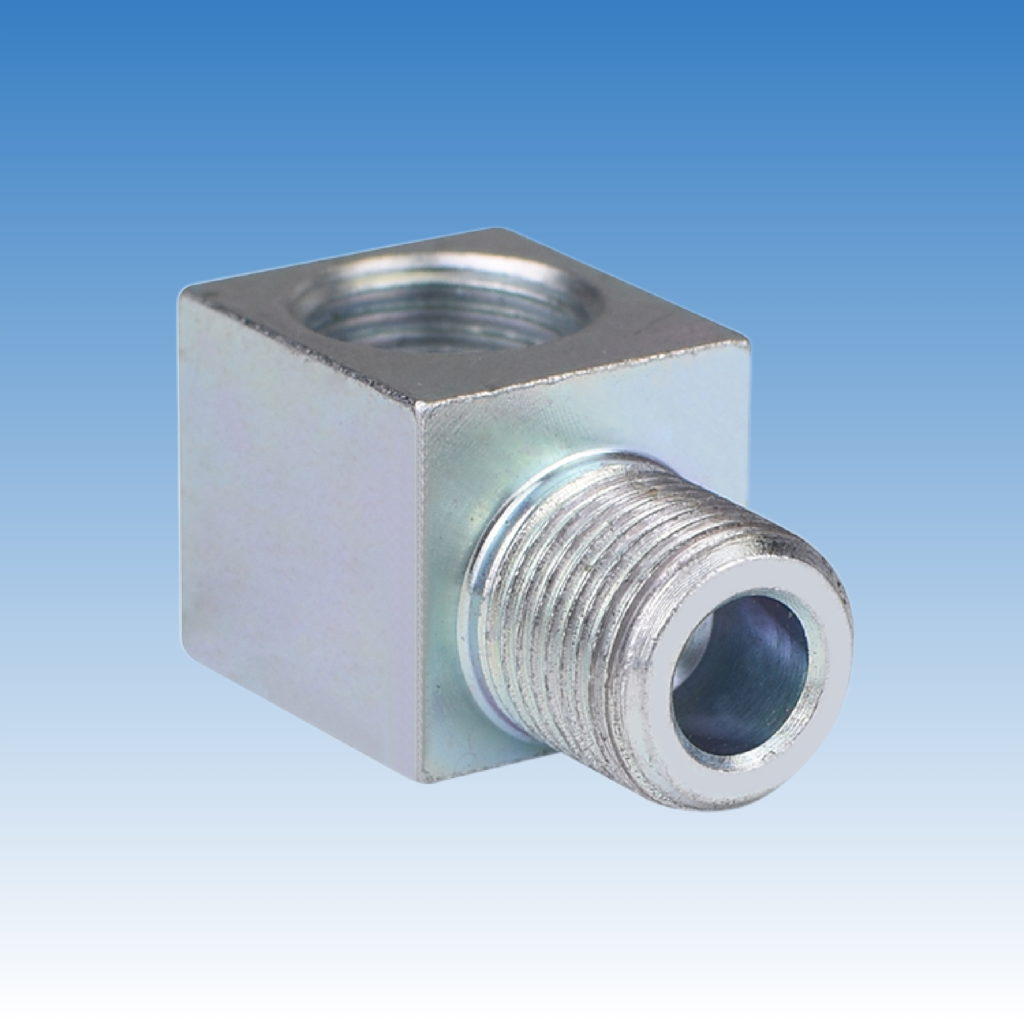
Electroplating improves corrosion resistance, but it can trap hydrogen inside the steel. That hydrogen can later lead to fastener failure. ISO 4042 is the international standard that guides how to plate fasteners while managing this risk. Understanding how this works is critical for anyone sourcing or supplying high-strength fasteners.
What is hydrogen embrittlement in fasteners?
Hydrogen embrittlement sounds technical, but the result is simple: fasteners break when they shouldn't. It's caused by hydrogen getting into the metal during manufacturing.
Hydrogen embrittlement in fasteners happens when hydrogen atoms enter the metal, causing delayed cracking and loss of strength—especially in high-strength steel components.
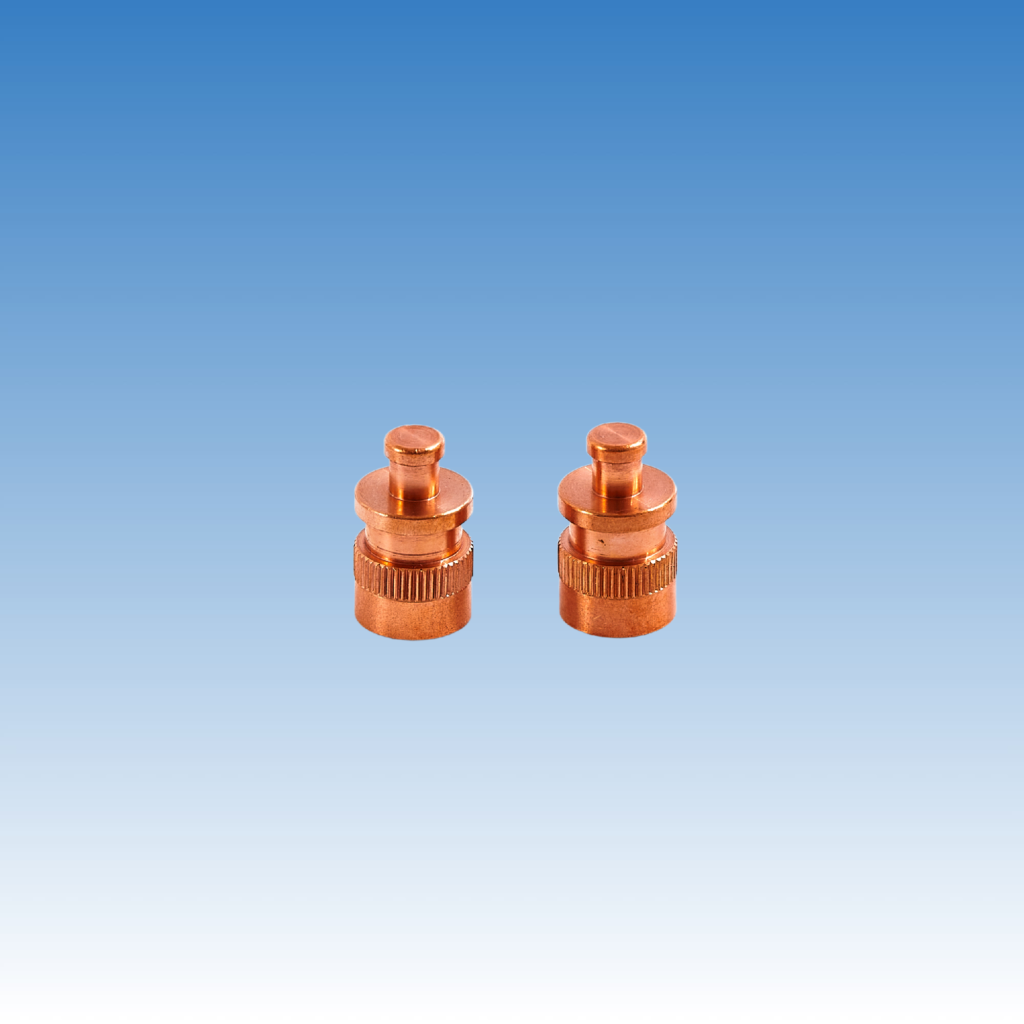
Hydrogen embrittlement mainly affects high-strength steel parts during processes like pickling, cleaning, and electroplating. The trapped hydrogen migrates to areas of high stress and creates internal pressure, eventually causing cracking. The damage might not show right away. It often appears days or weeks after installation. This makes it a quiet, dangerous defect.
To understand it better, here’s a table showing which conditions increase the risk:
| Factor | Effect on Hydrogen Embrittlement Risk |
|---|---|
| Steel hardness > HRC 39 | High risk |
| Electroplating without baking | Very high risk |
| Acid pickling without control | High risk |
| Low-strength carbon steel | Low risk |
| Proper baking after plating | Reduced risk |
Does hydrogen embrittlement occur in stainless steel?
Many think stainless steel is immune. That’s not true. It's just more resistant.
Hydrogen embrittlement can occur in stainless steel, especially martensitic grades with high strength, though it is less common than in carbon or alloy steels.
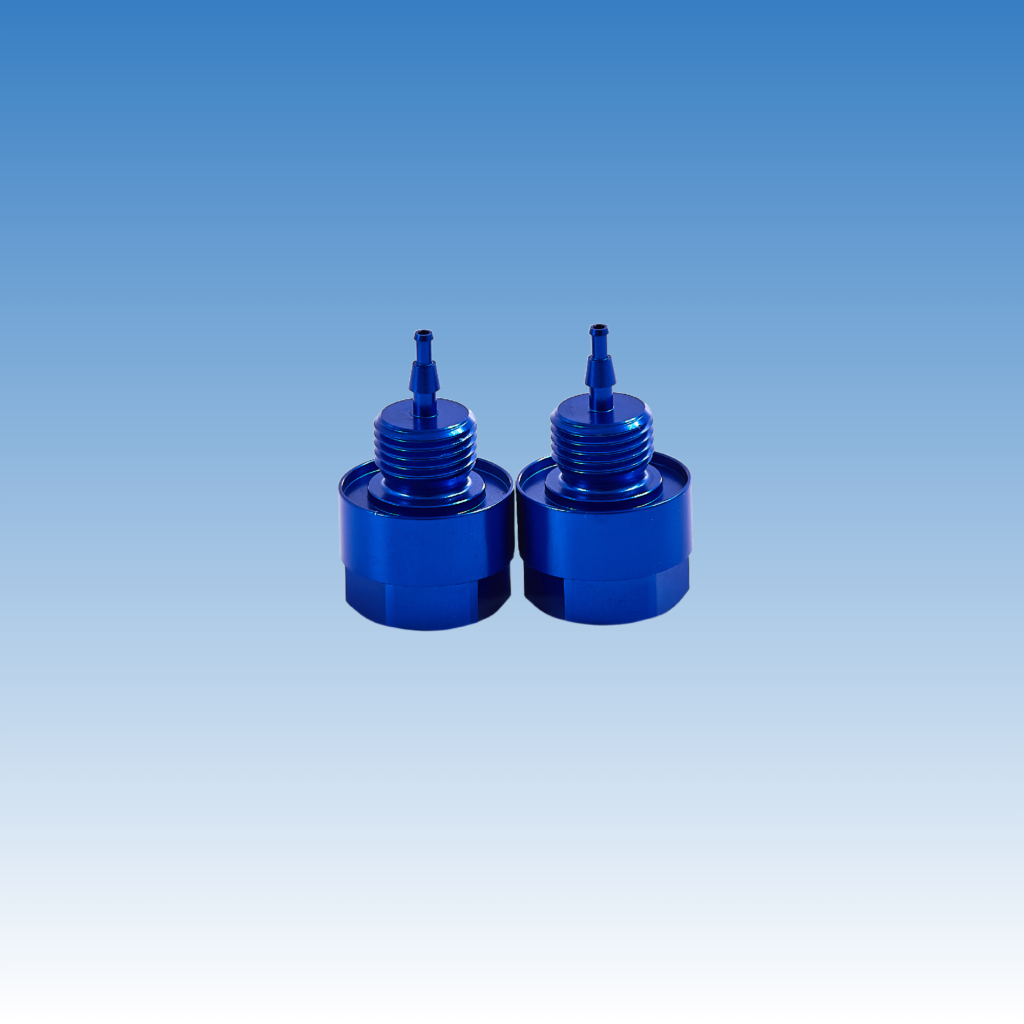
Austenitic stainless steels, like 304 or 316, are generally safe. But martensitic stainless steels like 410 and 420 can be affected, especially if hardened. These grades are used in precision or high-load fasteners. If exposed to hydrogen during pickling or plating, they may crack under stress.
The good news is that stainless steels are often passivated instead of electroplated, which carries lower risk. Still, if you’re working with hardened stainless fasteners, it’s smart to ask suppliers how they manage hydrogen exposure.
Here’s how different stainless types compare:
| Stainless Steel Type | Hydrogen Embrittlement Risk | Notes |
|---|---|---|
| Austenitic (304, 316) | Very Low | Non-hardenable, highly ductile |
| Martensitic (410, 420) | Medium to High | Hardenable, used in strong fasteners |
| Ferritic | Low | Less common in fasteners |
Does electroplating cause hydrogen embrittlement?
Electroplating itself doesn’t cause the cracks—but it sets the stage for them.
Electroplating introduces hydrogen into the steel surface, and if the hydrogen is not removed by post-baking, it can lead to embrittlement and delayed cracking.
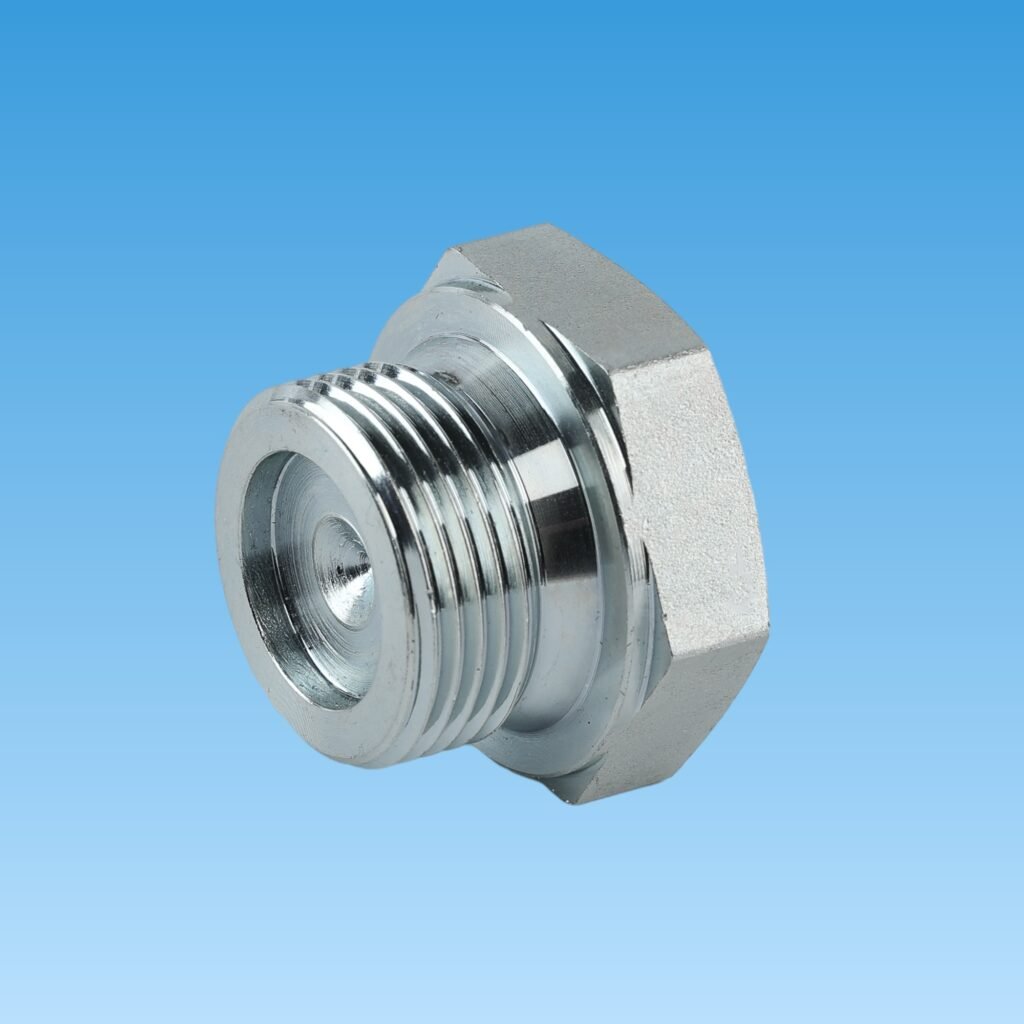
During electroplating, especially with acidic baths, hydrogen is generated and can be absorbed into the fastener surface. The thinner and more stressed the part, the greater the danger. ISO 4042 requires a post-baking process within 4 hours of plating for fasteners with hardness above HRC 39. The baking helps diffuse hydrogen out of the metal.
Electroplating is still widely used, especially zinc plating for corrosion resistance. So it's not about avoiding plating—it's about doing it right. I always ask my suppliers whether they follow ISO 4042. If they can’t answer, that’s a red flag.
| Electroplating Process | Hydrogen Risk | ISO 4042 Control Measure |
|---|---|---|
| Acid zinc plating | High | Baking within 4 hours |
| Alkaline zinc plating | Medium | Less hydrogen, still needs baking |
| Mechanical plating | Very Low | No hydrogen involved |
| Zinc-nickel plating | Medium | Requires controlled process |
How do you remove hydrogen embrittlement?
You can’t see hydrogen inside a fastener—but you can bake it out before it causes damage.
The most effective way to remove hydrogen embrittlement is thermal baking of the plated fasteners at 190–230°C for several hours, as specified in ISO 4042.
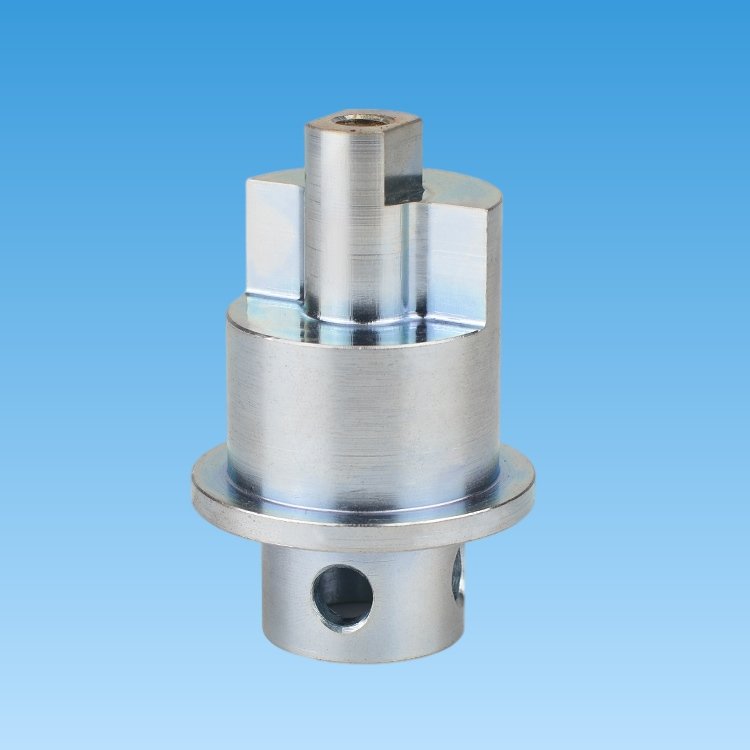
This is called hydrogen relief baking. The time and temperature depend on the fastener size and material. For example, ISO 4042 recommends baking for at least 2 hours for small fasteners and up to 24 hours for thick or critical parts. The goal is to let hydrogen atoms diffuse out before the fasteners are used.
But timing matters. Baking should start within a few hours of plating. If it’s delayed, hydrogen has more time to move deeper into the steel, where it becomes harder to remove.
Sometimes, I ask suppliers for their baking records. If they can’t provide them, I know they’re not serious about quality. It’s one of the easiest ways to check if a supplier is trustworthy.
| Parameter | Recommended Value (ISO 4042) |
|---|---|
| Baking temperature | 190°C to 230°C |
| Baking duration (typical) | 2–24 hours |
| Start time post-plating | Within 1–4 hours |
| Required for hardness > HRC 39 | Yes |
Conclusion
ISO 4042 helps control hydrogen embrittlement by setting clear rules for plating and post-treatment that protect fasteners from hidden failure.

